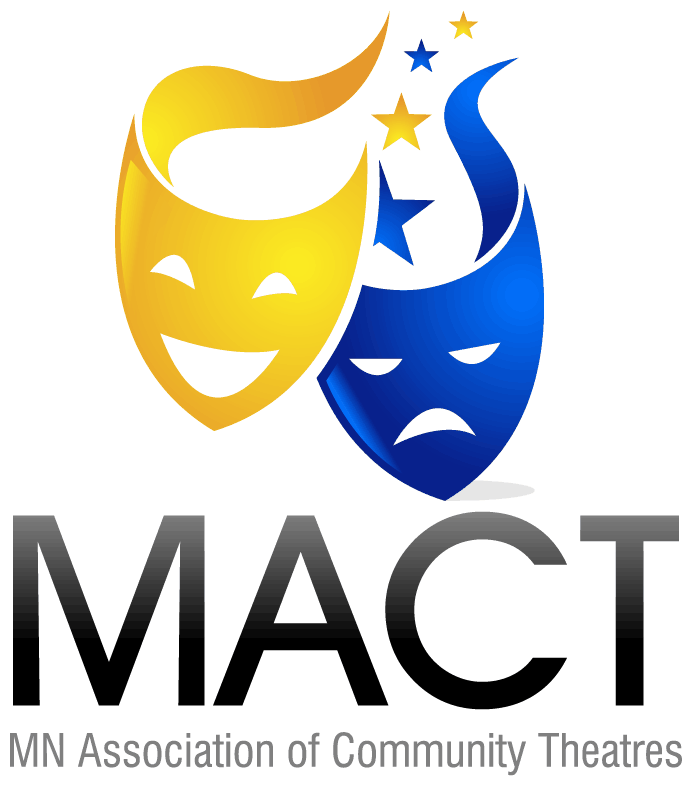Findings from Four Longitudinal Studies
In 2012 a compilation of four longitudinal studies on youth achievement conducted by the National Endowment for the Arts (full report available here: https://www.arts.gov/sites/default/files/Arts-At-Risk-Youth.pdf) found correlations between arts activity among at-risk youth (low Social and Economic Status – SES) and subsequent levels of academic performance and civic engagement. For this task, the authors relied on four large longitudinal databases. Each source has unique strengths and limitations in terms of study sample size, age range, and the types of variables included—whether related to arts involvement (in-school and/or extracurricular), academic progress, or social and/or civic participation. Yet after accounting for these differences, three main conclusions arise:
- Socially and economically disadvantaged children (low SES) and teenagers who have high levels of arts engagement or arts learning show more positive outcomes in a variety of areas than their low-arts-engaged peers.
- In middle school, high school, and beyond, they tend to do better on a host of academic and civic behavioral measures than do at-risk youth who lack deep arts backgrounds. To varying degrees, those outcomes extend to school grades, test scores, honors society membership, high school graduation, college enrollment and achievement, volunteering, and engagement in school or local politics.
- At-risk teenagers or young adults with a history of intensive arts experiences show achievement levels closer to, and in some cases exceeding, the levels shown by the general population studied.
- These findings suggest that in-school or extracurricular programs offering deep arts involvement may help to narrow the gap in achievement levels among youth of high- versus low-SES.
- Most of the positive relationships between arts involvement and academic outcomes apply only to at-risk populations (low-SES). But positive relationships between arts and civic engagement are noted in high-SES groups as well.
- Even youth from socially and economically advantaged backgrounds may find access to greater civic and social participation via deep arts involvement.
This is just a summery of conclusions from this compilation of four extensive studies. I encourage everyone to take a look at the full NEA report. It provides lots of interesting information about the benefits of high engagement in the arts for all students, but especially low Social and Economic Status students.
 MACT
MACT